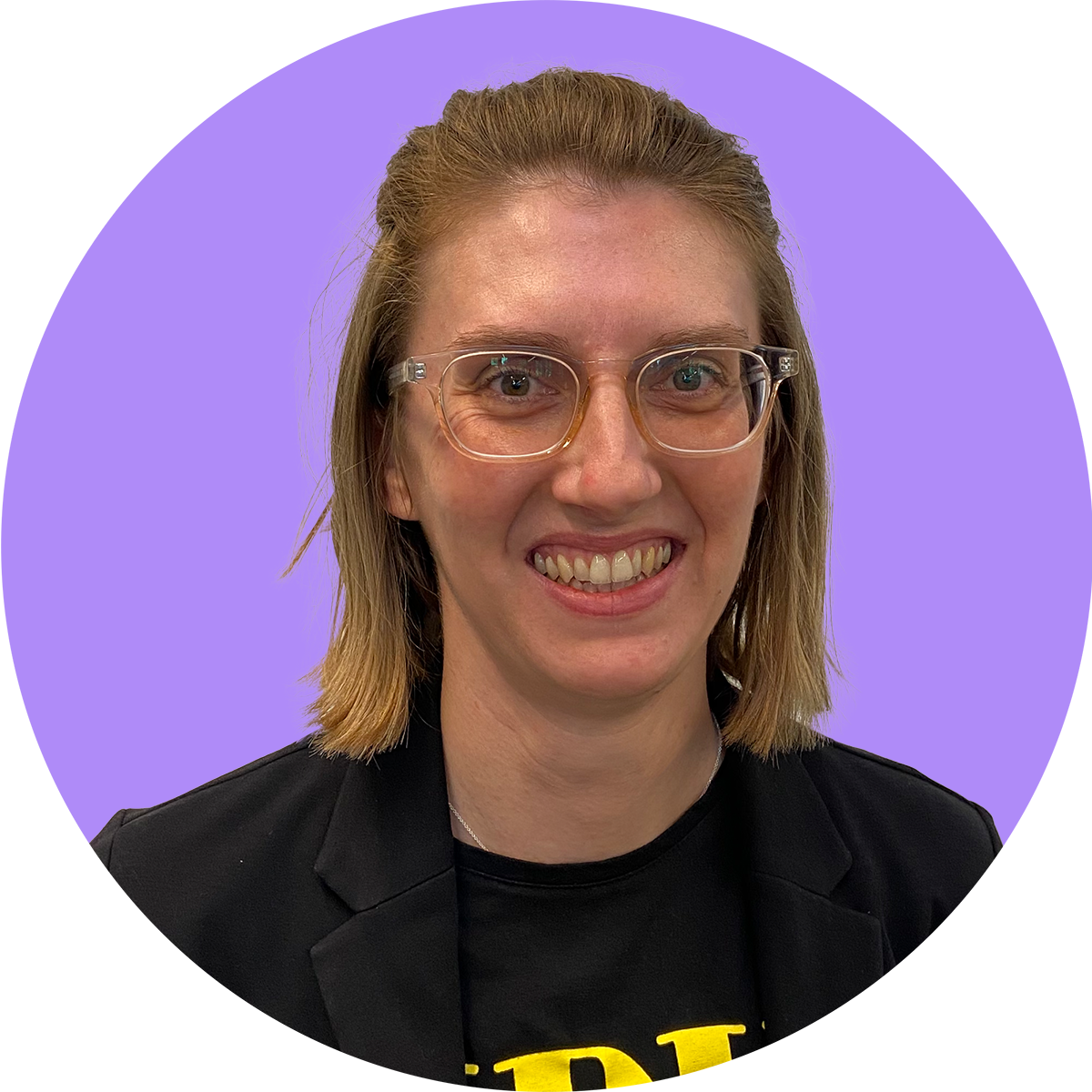During a presentation to business students at the University of Queensland, Liquid’s Head of Product, Sam Daley, said collaboration was about “absorbing other people’s expertise in small ways”.
Which I thought was an excellent way of summing up exactly what he was doing, speaking to university students on a Monday afternoon.
Sam, along with Liquid colleague Andrew Duval, are involved with a Work Integrated Learning opportunity at UQ this year. In other words, students get the chance to absorb some of their expertise—and take it with them into the workplace.
They were invited by lecturer and course co-ordinator Dr Ivano Bongiovanni to speak to his students about what creative problem-solving looks like in practice and how design thinking leads to innovation and real-world impact.
So how does design thinking happen in reality? Well, it's messy. And by messy, we mean flexible.
Sure, you can use different frameworks, but if you want to genuinely solve a problem, you’re better off being guided by values that encourage collaboration. (For more about that, see this post from Andrew.)
“In some places you might have people who use overly rigid templates, but then there’s rigidity between team members, teams and clients,” Andrew told the students.
“What you need is deep engagement with the problem, flexibility in how you approach it and then a mix of people, craft skills and resources to get it done.”
Sam added: “Because you can’t target the ability to have insights, but you can create the conditions that allow the insights to happen.”
Ivano has worked with Liquid before during a series of Queensland Government innovation sprints, and he was part of our Future Led panel on cybersecurity last year. So he’s familiar with our work, our approach and how highly we value collaboration and human-centred design.
“The students are learning about bringing creativity to fruition in a business, which is not a trivial task, and I was really looking for a company that would epitomise that creativity-to-business type of perspective,” Ivano said.
“It’s important to expose them to that environment, because even if not directly, they will work with creative people in a company or come into contact with designers who build user-friendly products or services.
“The subject is very practical and Liquid speaks very well to the practical side of the course … Being able to communicate to students, we’re teaching you something but there’s flexibility around how you put all of these building blocks together, that's super essential.”
The respect for each other’s work is mutual. Sam said Ivano was a great advocate for design-thinking methods.
“He has practised them in enough different contexts that he understands their value in helping break down diverse complex problems,” Sam added.
“As a practitioner and educator, he shares our belief in the mutual uplift that happens when we share our experience without reservation — whether that’s with students, peers, or collaboration with clients.”
As part of the learning opportunity, Sam and Andrew will also give feedback on an assessment task that focuses on ideation, prototyping and user testing. The insights will help students refine their work in preparation for their final report.
“I hope we can make these students more capable by giving them first-principles theory perspectives on design tools and methods as well as rich, honest stories about the nitty-gritty of design practice,” Andrew said.
“I want them to leave with a deep understanding of what design is, a gut feel for how the process works, and a kind of radar that helps them see their situation more clearly and respond to it more flexibly.”
